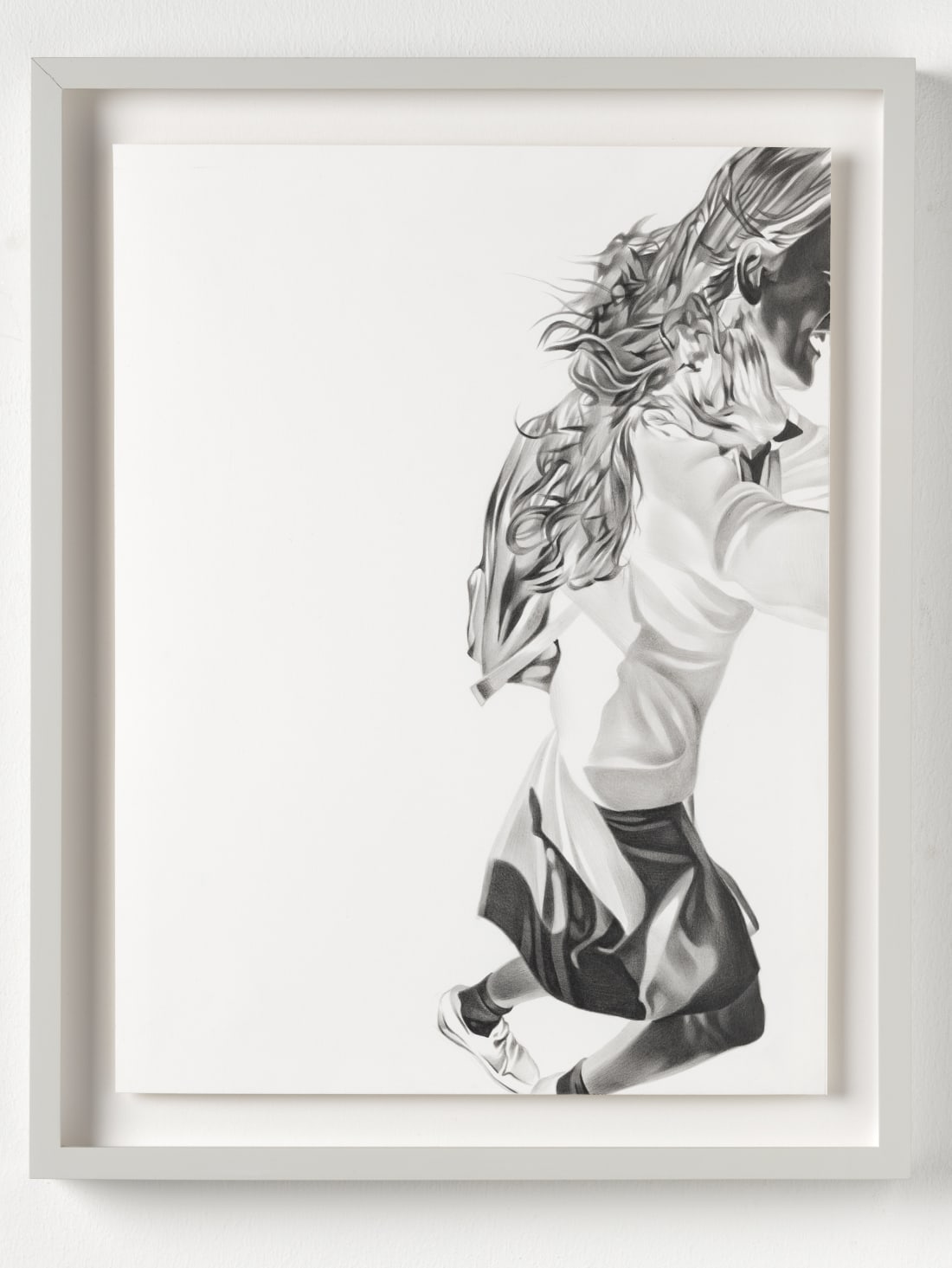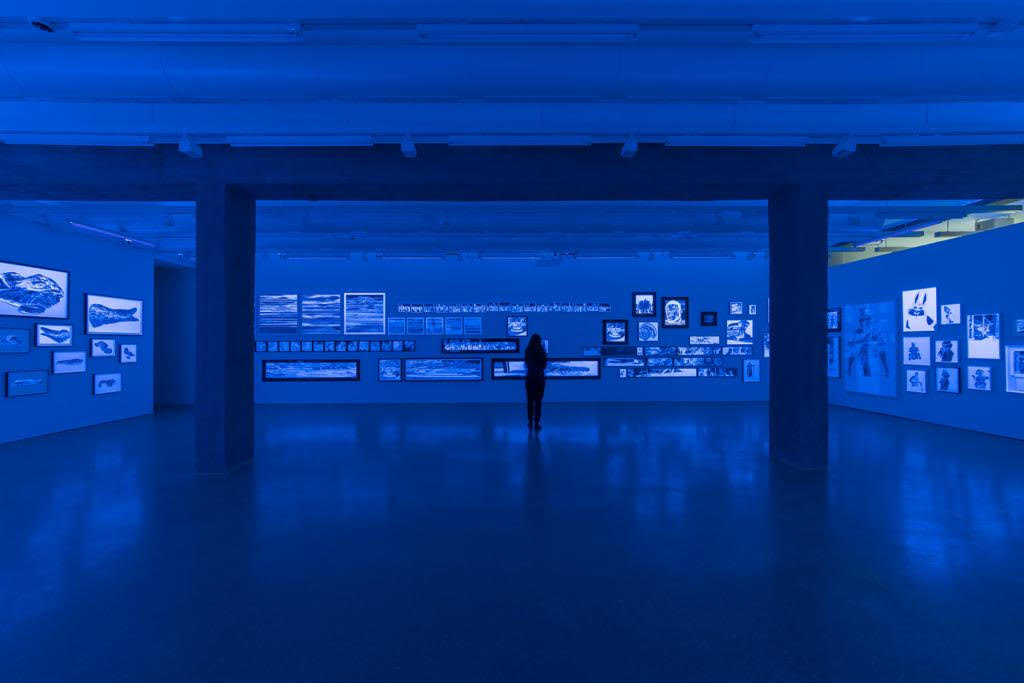
Marc Brandenburg
Overview
'You can view my work as a reaction to the daily "overkill" of visual information, and pencil drawings gain special emphasis due to intensive occupation with each individual image. At the same time, the work itself becomes part of the global "torrent of imagery".'

With a practice that traverses drawing, photography, performance, film and installation, Marc Brandenburg first came to prominence during the 1990s with his distinctive graphite drawings. Working from his own photographs, taken on long walks through Berlin or Barcelona, he isolates figures or fragments from his surroundings in meticulously detailed pencil drawings, reversing the tonalities of light and dark as in photographic negatives. Depicting drug users, street performers, rough sleepers, protestors or football fans in isolated and suspended moments, his drawings freeze otherwise fleeting scenes in a state of permanence.
'Since the 2000s, the Berlin artist has concerned himself with images of roles and bodies, costumes and rituals outside the social norm, with hooligans, demo-clowns, homeless and mentally ill people,' writes author Oliver Koerner von Gustorf. 'Brandenburg's negative-reversed black-and-white drawings thematise the vision of a broken, violent society in which people are increasingly socially isolated, suffering mental illness and addiction. He is interested in those moments when inner and outer states merge, when a person blends with his clothing, his disguise or his improvised habitation.'
With a practice that traverses drawing, photography, performance, film and installation, Marc Brandenburg first came to prominence during the 1990s with his distinctive graphite drawings. Working from his own photographs, taken on long walks through Berlin or Barcelona, he isolates figures or fragments from his surroundings in meticulously detailed pencil drawings, reversing the tonalities of light and dark as in photographic negatives. Depicting drug users, street performers, rough sleepers, protestors or football fans in isolated and suspended moments, his drawings freeze otherwise fleeting scenes in a state of permanence.
'Since the 2000s, the Berlin artist has concerned himself with images of roles and bodies, costumes and rituals outside the social norm, with hooligans, demo-clowns, homeless and mentally ill people,' writes author Oliver Koerner von Gustorf. 'Brandenburg's negative-reversed black-and-white drawings thematise the vision of a broken, violent society in which people are increasingly socially isolated, suffering mental illness and addiction. He is interested in those moments when inner and outer states merge, when a person blends with his clothing, his disguise or his improvised habitation.'
Brandenburg draws from a range of sources, including film, literature, urban cultures of the mid-20th century, activism and social segregation to consider themes of nonconformity, difference and isolation. His unconventional display strategies, such as the use of ultraviolet light, envelop the viewer in a totalising experience that is heightened by the unearthly glow. The inversion of light and dark becomes a negation of existing norms, a metaphor for the upending of the values of a society in which individuals who do not fit into the capitalist system are marginalised.
Born in Berlin, where he currently lives and works, Brandenburg grew up in Texas and Germany. In 2021, a retrospective was on view at PalaisPopulaire, Berlin and the Städel Museum, Frankfurt. His work has been shown in solo exhibitions at Kunstraum Potsdam (2018); Museen Stade (2015), Städtische Galerie Wolfsburg (2012) and Hamburger Kunsthalle (2011) in Germany; Denver Art Museum (2010) in the USA; and Museum für Moderne Kunst, Frankfurt (2005). He has also participated in group exhibitions at PalaisPopulaire, Berlin (2018); Rudolfinum, Prague (2016); Kunsthalle Bremen (2015); Moscow Museum of Modern Art (2014); ZKM Museum für Neue Kunst, Karlsruhe (2013); The Studio Museum in Harlem, New York (2011); and Gropius Bau, Berlin (2011). A comprehensive solo exhibition will be on view at Berlinische Galerie, Berlin in 2026.
Videos






















































































































































































































